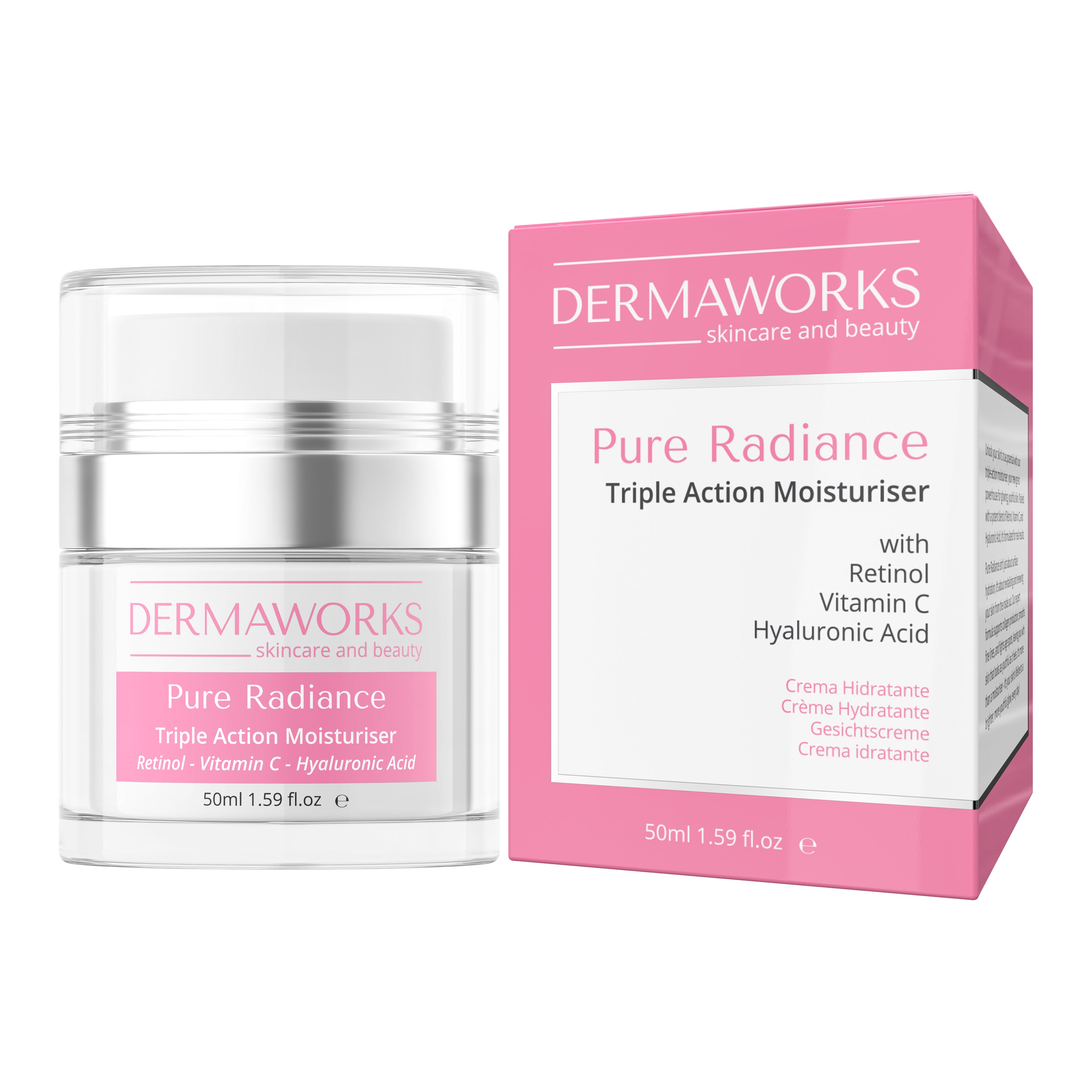Why Does Winter Wreak Havoc on Your Skin?
December brings festive cheer—and unfortunately, some of the harshest conditions your skin will face all year. Cold outdoor air, indoor heating, and low humidity create the perfect storm for dehydration, flaking, and irritation.
If you've noticed your skin feeling tight, rough, or uncomfortably dry lately, you're not alone. Here's how to rescue your complexion before the holidays (and keep it glowing through New Year).
1. Switch to a Richer Moisturiser (Your Summer Formula Won't Cut It)
What worked in July won't protect your skin barrier in December. Winter demands heavier, occlusive moisturisers that lock in hydration and shield against harsh elements.
Look for ingredients like ceramides, squalane, and shea butter. Apply while your skin is still slightly damp after cleansing to seal in maximum moisture.
2. Don't Skip Hyaluronic Acid—But Use It Correctly
Hyaluronic acid is a winter skincare hero, but only if you apply it properly. In low-humidity environments, it can actually pull moisture from your skin if not sealed in.
The fix: Apply hyaluronic acid serum to damp skin, then immediately follow with a rich moisturiser to trap the hydration. This layering technique prevents trans-epidermal water loss.
3. Add a Facial Oil to Your Evening Routine
Facial oils create a protective barrier that prevents moisture evaporation overnight—when your skin does its deepest repair work.
Apply 2-3 drops after your moisturiser (yes, on top of it) to seal everything in. Rosehip, marula, and jojoba oils work beautifully for most skin types.
4. Keep Using Retinol (But Adjust Your Approach)
Many people abandon retinol in winter, fearing it will worsen dryness. That's a mistake—retinol accelerates cell turnover and keeps skin smooth even in harsh weather.
Instead of stopping, buffer it: apply your retinol, wait 10 minutes, then layer on a nourishing moisturiser. Consider reducing frequency to every other night if irritation occurs.
5. Humidify Your Indoor Environment
Central heating can drop indoor humidity below 20%—drier than the Sahara Desert. A bedroom humidifier restores moisture to the air (and your skin) while you sleep.
Aim for 40-50% humidity. Your skin, sinuses, and even your lashes will thank you.
6. Protect Your Skin Barrier With Gentle Cleansing
Hot showers and harsh cleansers strip your skin's natural oils, leaving it vulnerable to winter damage. Switch to lukewarm water and cream-based or oil cleansers.
Avoid products with sulfates, alcohol, or strong fragrances during winter months. Your skin barrier needs all the support it can get.
7. Don't Forget SPF (Yes, Even in December)
UV rays don't take a winter holiday—and they're actually intensified by snow reflection. Daily SPF prevents photo-aging and protects your skin barrier.
Choose a moisturising sunscreen with added hydrators like glycerin or hyaluronic acid for dual benefits.
Your December Skincare Routine at a Glance
Morning:
- Gentle cream cleanser
- Vitamin C serum (on damp skin)
- Hyaluronic acid serum
- Rich moisturiser
- SPF 30+
Evening:
- Oil or cream cleanser
- Hyaluronic acid serum (on damp skin)
- Retinol (2-3x weekly, buffered)
- Rich night cream
- Facial oil (to seal)
The Bottom Line
Winter skin doesn't have to mean compromised skin. With a few strategic adjustments—richer textures, proper layering, and barrier protection—you can maintain a healthy, glowing complexion straight through to spring.
Your skin is working overtime to protect itself in December. Give it the support it deserves.









